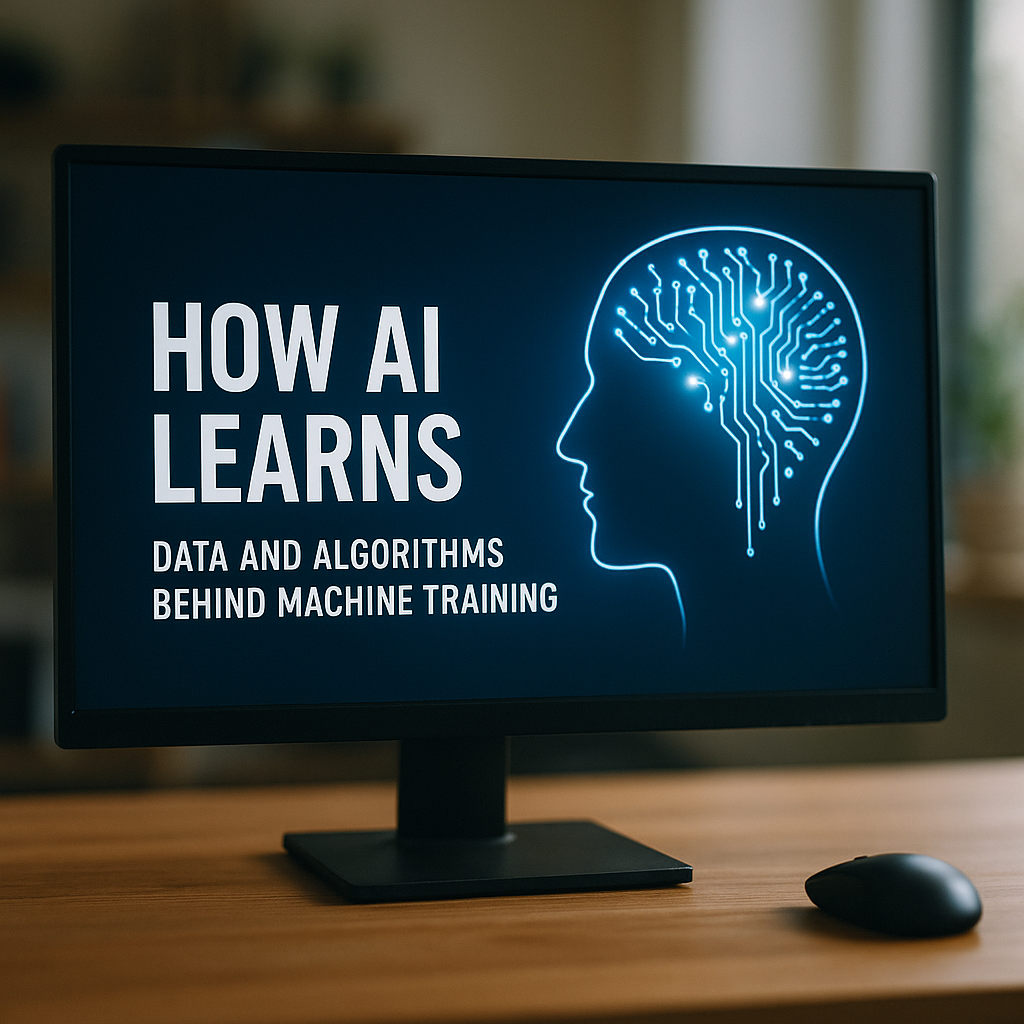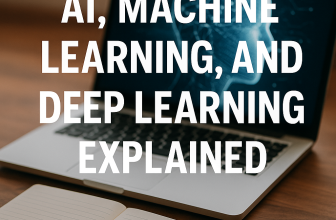
Neural Networks and Deep Learning
To learn complex tasks, AI often employs artificial neural networks — algorithms inspired by the structure of the human brain. These networks consist of layers of interconnected nodes (also called neurons), which process and transmit information.
A basic neural network has:
- An input layer: Receives the data
- One or more hidden layers: Transform the inputs using mathematical functions
- An output layer: Produces the result or prediction
When a network has many hidden layers, it’s referred to as a deep neural network—the backbone of deep learning. Deep learning enables AI to handle highly complex tasks such as facial recognition, natural language understanding, and medical diagnoses with remarkable accuracy. 🧠
The training process involves multiple iterations where the model adjusts internal parameters (known as weights) using methods like backpropagation and gradient descent. These techniques help minimize errors and fine-tune the AI’s predictions based on previously seen data.
Conclusion
AI learns through a combination of algorithmic modeling, vast amounts of data, and sophisticated training processes such as supervised, unsupervised, or reinforcement learning. By leveraging neural networks and deep learning, machines can simulate human-like intelligence and solve increasingly complex problems. 🌐 As technology evolves, understanding how AI learns is key to harnessing its full potential responsibly and effectively.






